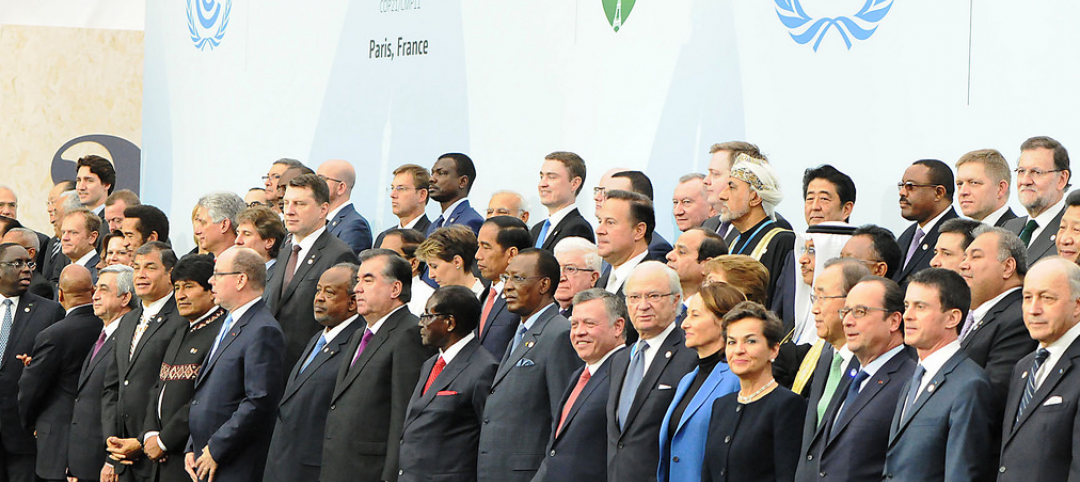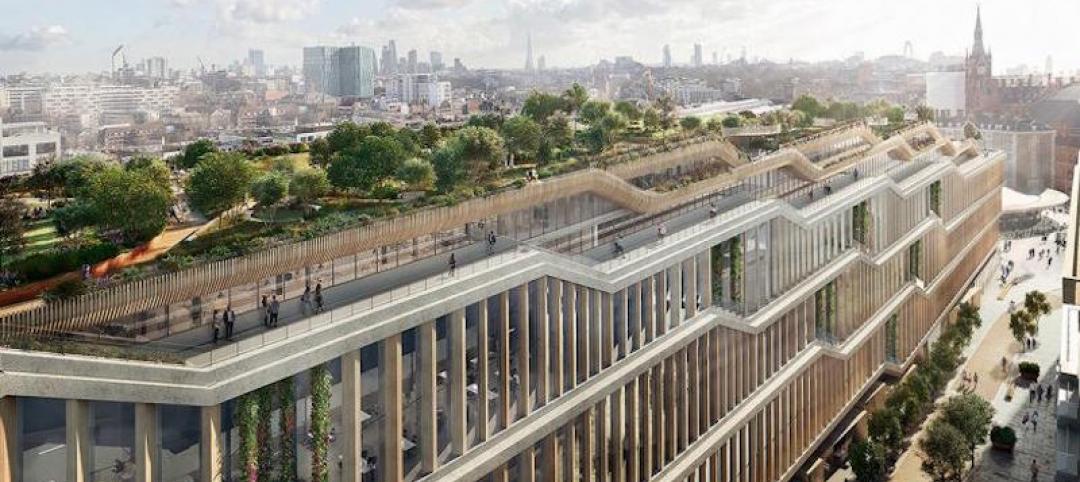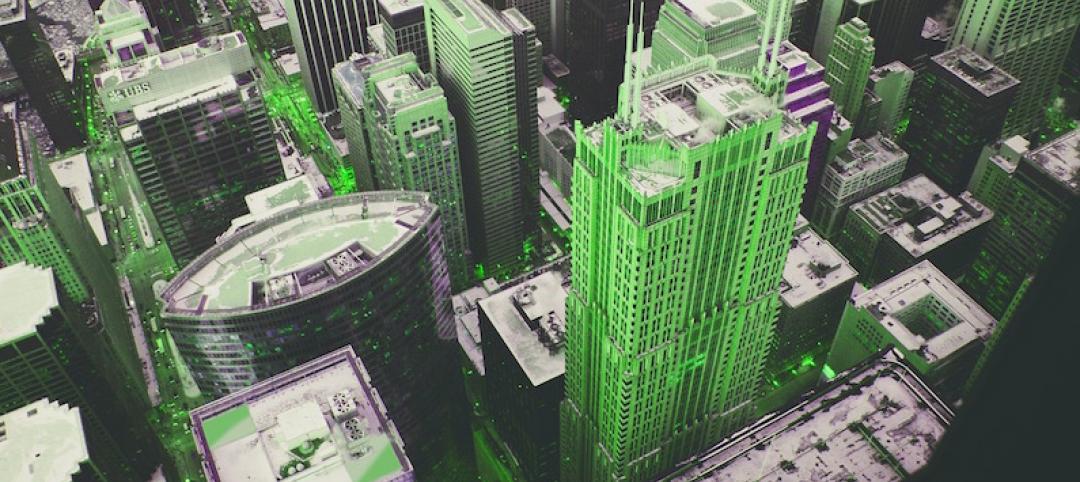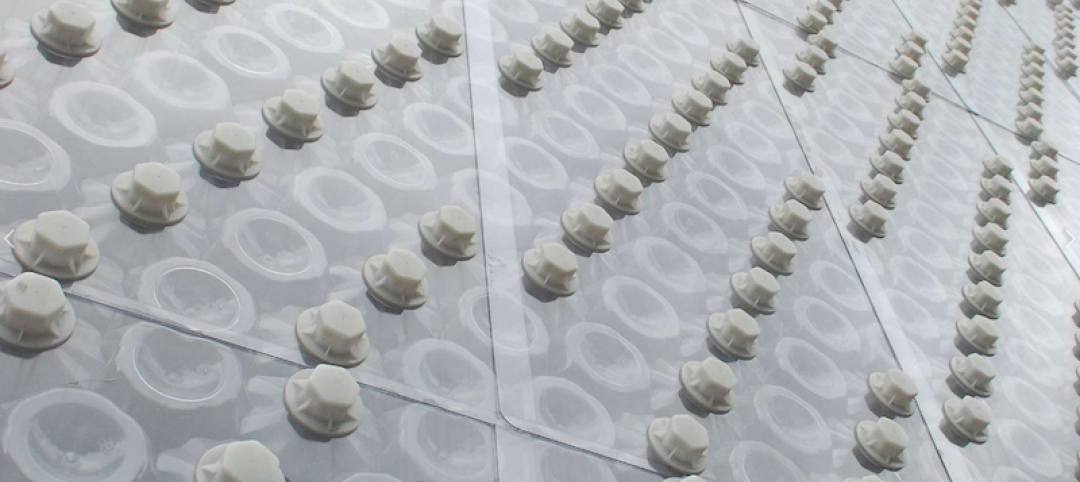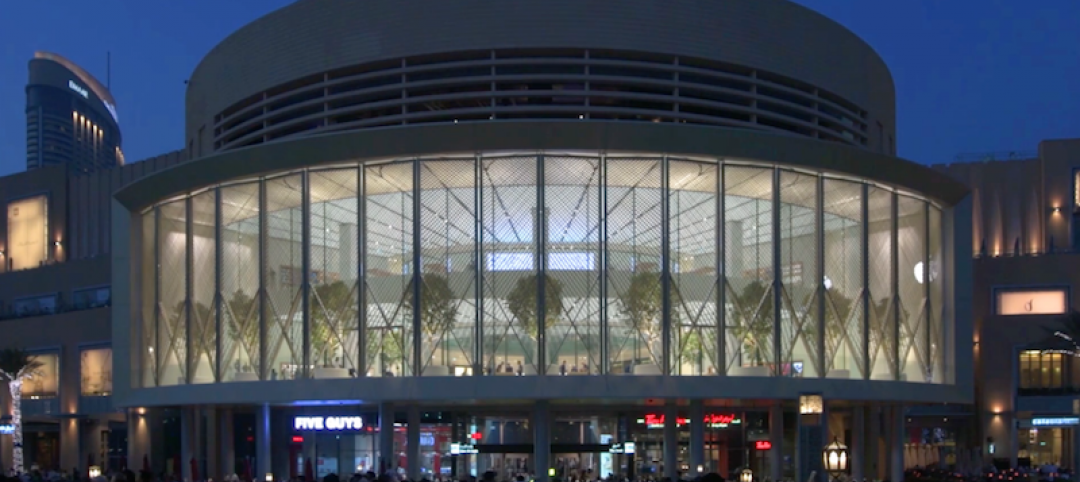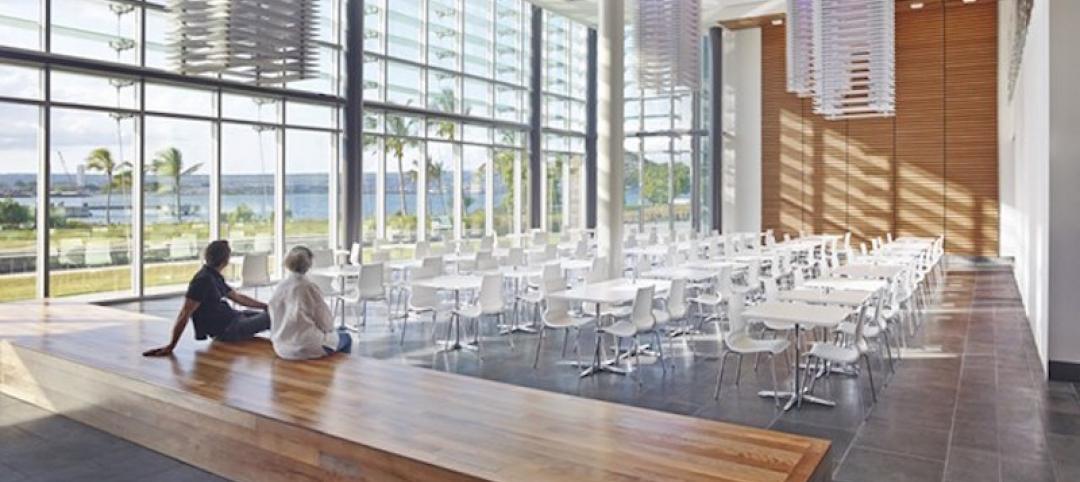Green building has not gotten as much traction as it should, given its many benefits, writes Lance Hosey, Chief Sustainability Officer with RTKL.
Despite reports that LEED-certified buildings can cut greenhouse gas emissions and water consumption by half, while costing 25% less to operate, only about 1% of the U.S. building stock is green. Hosey attributes this situation to six misperceptions about sustainable design:
1. Myth: Sustainability Equals Environmentalism. Reality: Green design is not just for tree huggers. It also produces economic value.
2. Myth: Sustainability Equals Technology. Reality: Sustainability is not just about solar panels and wind turbines.
3. Myth: Sustainable Design Costs Too Much. Reality: Today, LEED-certified buildings can be built at the same cost or even lower cost than conventional construction.
4. Myth: Sustainable Design Takes More Time. Reality: Integrated design, which brings together a project's key stakeholders, designers, consultants and contractors early to get consensus on goals, can save time by ensuring more thorough coordination and avoiding costly changes later.
5. Myth: Sustainability Isn't About Design. Reality: Green design is not just about specifications in a technical manual. For instance, decisions about a building’s shape have a significant impact on the resources needed.
6. Myth: Sustainable Design Isn't Beautiful. Reality: The look and feel of design are essential to sustainability. “Following the lessons of sustainability to their logical conclusion will inspire more designers to reconsider the impact of every decision, including form and image,” Hosey says.
Related Stories
Green | Jun 14, 2017
After Paris: What’s at stake for the building industry
In the wake of President Trump’s unilateral decision to withdraw the U.S. from the 2015 Paris Climate Agreement, many in the building industry have optimistically pointed to unstoppable market forces pushing the sector towards a post-carbon future.
| Jun 13, 2017
Accelerate Live! talk: Next-gen materials for the built environment, Blaine Brownell, Transmaterial
Architect and materials guru Blaine Brownell reveals emerging trends and applications that are transforming the technological capacity, environmental performance, and design potential of architecture.
Office Buildings | Jun 8, 2017
Take a look at the plans for Google’s new 1 million-sf London campus
Heatherwick Studio and BIG are designing the 11-story building.
| May 30, 2017
Accelerate Live! talk: Health-generating buildings, Marcene Kinney, Angela Mazzi, GBBN Architects
Architects Marcene Kinney and Angela Mazzi share design hacks pinpointing specific aspects of the built environment that affect behavior, well-being, and performance.
Codes and Standards | May 30, 2017
Industry Groups move toward Unified Green Building Model Code in 2018
The effort involves combining ASHRAE's Standard 189.1 with the International Green Construction Code.
Multifamily Housing | May 22, 2017
Zaha Hadid Architects residential development takes a page from a classic Bradbury tale
The buildings are on an elevated platform and the surrounding walkways are suspended so as not to disturb the surrounding ecosystems.
Architects | May 16, 2017
Architecture that helps children fall in love with the environment
The coming decades present a major ecological challenge... so let’s encourage the next generation to do something about it!
Sustainability | May 16, 2017
1.5 million recycled plastic bottles were used to build this nine-story structure in Taipei
The building is made of Polli-Brick, a building material that comes from 100% recycled Polyethylene Terephthalate Polymer.
Retail Centers | May 3, 2017
18 Carbon fiber wings grace Foster + Partners-designed Apple Dubai Mall terrace
The store’s large terrace provides views of the Burj Khalifa and the Dubai Fountain.
Green | May 2, 2017
Green buildings don't have to cost more
What impact does sustainable design have on owners with a finite construction budget or developers who won’t own the building after construction?


